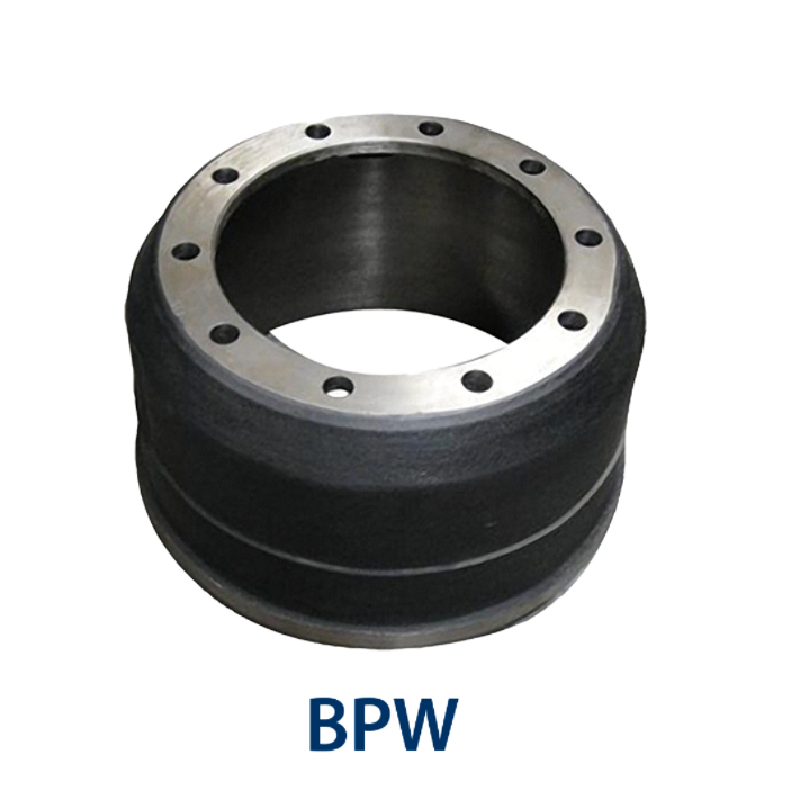Nov . 04, 2024 19:48 Back to list
Comparison of Brake Drums and Brake Discs in Automotive Performance and Efficiency
Brake Drum vs. Brake Disc Understanding the Key Differences
When it comes to automotive braking systems, the choice between brake drums and brake discs can significantly impact performance, safety, and maintenance. Both systems serve the same fundamental purpose—slowing down or stopping a vehicle—but they operate differently and exhibit distinct advantages and disadvantages. In this article, we will explore the characteristics of brake drums and brake discs, helping you better understand their roles in modern vehicles.
What is a Brake Drum?
A brake drum is a cylindrical component that houses brake shoes. It's usually made of cast iron or aluminum and is mounted to the wheel hub. When you press the brake pedal, hydraulic pressure pushes the brake shoes outward against the inside of the drum, creating friction that slows down the wheel's rotation. This design is known as a drum brake.
Advantages of Brake Drums
1. Cost-Effectiveness Brake drums are generally less expensive to manufacture and install compared to brake discs. This lower cost makes them an appealing option for budget-conscious car manufacturers and consumers.
2. Simplicity The design of drum brakes is relatively simple, which can lead to easier maintenance. They have fewer moving parts, and when they wear out, replacing them involves fewer components.
3. Better Holding Power Drum brakes are often known for their superior holding power when engaged, making them effective for parking brakes and in certain situations where vehicle stability is crucial.
Disadvantages of Brake Drums
1. Heat Dissipation One of the primary drawbacks of drum brakes is their inferior heat dissipation capabilities. When subjected to prolonged or high-intensity braking, brake drums can overheat, leading to brake fade—where the brakes lose their effectiveness due to excessive heat.
2. Trapping Moisture and Debris The enclosed design of a drum brake can trap moisture and debris, potentially affecting brake performance. This can lead to corrosion and requiring more frequent maintenance.
What is a Brake Disc?
brake drum vs brake disc

A brake disc, or rotor, is a flat, circular metal disc that is attached to the wheel hub. In a disc brake system, calipers grip the disc when the brake pedal is pressed, using brake pads to create friction. This stops the rotation of the wheel.
Advantages of Brake Discs
1. Effective Heat Dissipation Brake discs are designed to dissipate heat more effectively than brake drums. Their exposed surface allows for better airflow, reducing the likelihood of brake fade during intense braking situations.
2. Consistent Performance Disc brakes tend to provide more consistent braking performance, especially in wet conditions. They are less likely to trap moisture and debris, which can lead to more reliable braking.
3. Enhanced Stopping Power Many performance vehicles utilize disc brakes because they offer better stopping power and responsiveness. This makes them suitable for a wider range of driving conditions, including high-speed scenarios.
Disadvantages of Brake Discs
1. Higher Cost Brake disc systems are typically more expensive to manufacture and install compared to drum brakes. This can make them less desirable for budget vehicles or entry-level models.
2. Complexity The design of disc braking systems is more complex, often requiring more maintenance. Brake pads need to be replaced regularly, and the components can wear out differently, leading to additional servicing requirements.
Conclusion Which is Better?
The choice between brake drums and brake discs ultimately depends on the specific needs of the vehicle and the preferences of the driver. For general everyday driving, especially in lighter vehicles, drum brakes might suffice due to their cost-effectiveness and simplicity. In contrast, performance-oriented vehicles or those that require superior stopping power and safety features often benefit from disc brakes thanks to their efficiency in heat dissipation and overall performance.
In recent years, many manufacturers have opted for a combination of both systems, employing drum brakes at the rear for parking and disc brakes at the front for better stopping power. Understanding the differences and advantages of brake drums and discs can help consumers make informed decisions, whether they are purchasing a new vehicle or maintaining an existing one. Ultimately, safety should always be the top priority when considering braking systems in any vehicle.
-
Durable Brake Drum MAZ for Heavy Duty Trucks | High Performance
NewsAug.26,2025
-
FUWA: Premium Quality, Reliable Performance & Innovative Solutions
NewsAug.25,2025
-
Liza Brake Drum: Superior Quality & Performance for Safe Driving
NewsAug.24,2025
-
Iveco Brake Drum | Premium OE Quality for Daily & Eurocargo
NewsAug.22,2025
-
Your Brake Drum Man: Quality & Performance Parts
NewsAug.21,2025
-
Explore Japan: Ultimate Travel Guide & Authentic Experiences
NewsAug.19,2025
